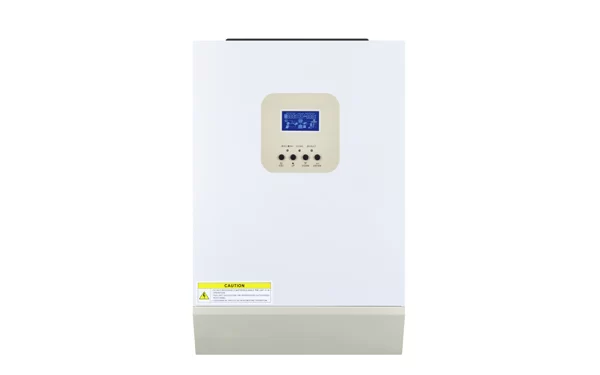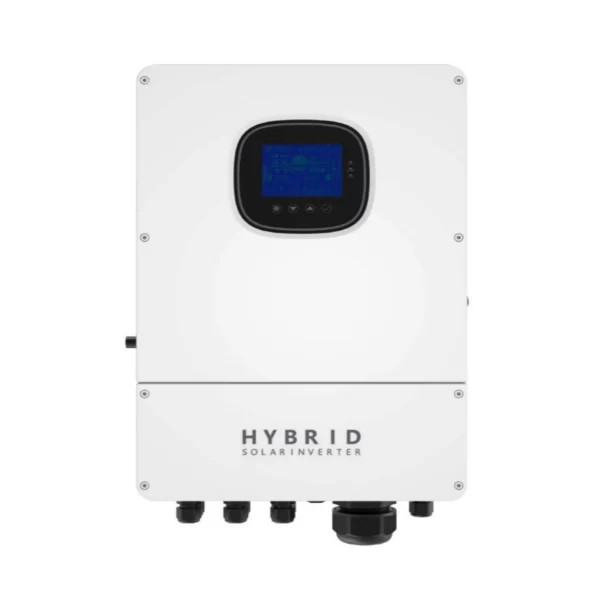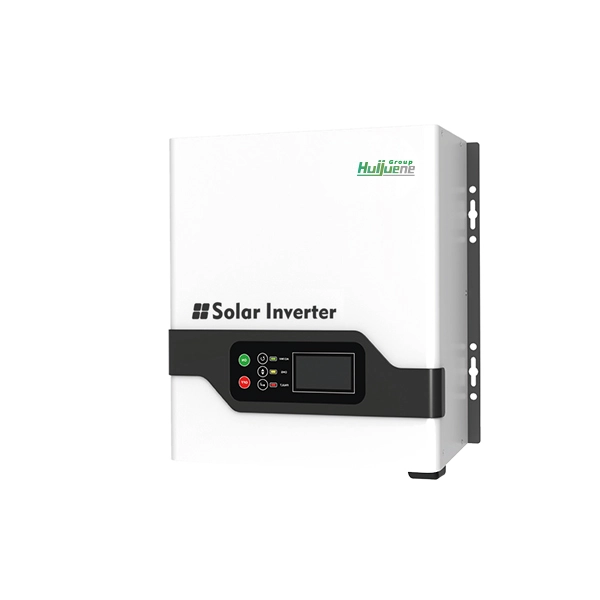If you've ever researched installing a solar system, you've likely heard the term "solar inverter." But aside from the jargon, do you actually know what a solar inverter does—and why it's the hub piece of gear in every photovoltaic (PV) installation?
This article will enable you to view with clarity what a solar inverter does, how it does it, and why it matters—especially when real-world performance, safety, and long-term value are the considerations.
What Is a Solar Inverter and What Does It Do?
A solar inverter is the device that converts the DC (direct current) electricity your solar panels generate into AC (alternating current) electricity your home or business can use. Most household appliances and the power grid use AC power, so the inverter is an essential interface between your solar array and your useful energy.
But conversion is just the beginning.
Key Roles of a Solar Inverter
Besides power conversion, a high-quality solar inverter also handles:
- Grid synchronization – Keeps your system's output synchronized with the grid for secure integration.
- Maximum Power Point Tracking (MPPT) – Resonantly maximizes voltage and current from your panels for maximum efficiency.
- Monitoring and data logging – Tracks energy production, system performance, and faults through software or applications.
- Protection and safety – Automatically disconnects the system during faults, grid failures, or over/under-voltage conditions.
- Battery management – In hybrid systems, it controls charging/discharging if connected to an energy storage system.
Real-World Example: Hawaii’s HECO Smart Inverter
In sun-penetrating Hawaii, Hawaiian Electric Company (HECO) makes new solar systems use sophisticated inverters with "grid support" features. They allow inverters to provide reactive power, frequency ride-through, and voltage regulation—essential to a stable and resilient grid.
In 2021, SMA and SolarEdge inverters installed in Honolulu homes provided a measure of grid assurance during disruptions caused by storm-related incidents. Without these, homeowners would have been forced to suspend generation, forgoing self-consumption and grid credits.
Solar Inverter Types (and When to Apply Each)
| Inverter Type | Best Used For | Key Advantage |
| String Inverters | Large, consistent roof arrays | Simple, cost-effective for open roofs |
| Microinverters | Roofs with shading or varied angles | Panel-level optimization and monitoring |
| Power Optimizers | Roofs with partial shading | Panel-level MPPT with centralized control |
| Hybrid Inverters | Solar systems with batteries | Built-in storage control and backup |
| Off-grid Inverters | Remote systems with no grid access | Operates independently of utility grid |
The choice of inverter type is based on roof shape, shading, storage needs, and future expansion plans.

Industry Trends You Should Know
Solar inverters are no longer converters—today they are smart energy managers. Some trends below are already underway:
- Grid-forming smart inverters – Now required in portions of California (Rule 21) and Germany.
- VPP-ready devices – Enphase and Tesla enable inverters to be integrated into virtual power plants (VPPs), which enable customers to earn money by selling back stored energy to the grid.
- All-in-one ESS (Energy Storage Systems) – The majority of modern inverters today come bundled with batteries and smart energy dashboards.
Such trends are making inverters not just a passive component—but an active participant in the energy systems of today.
Performance Factors to Consider When Purchasing
When shopping for inverters, don't compare based on brand name or price alone. Remember:
- Efficiency Rating (%)– Select models with 97% or higher conversion efficiency.
- Monitoring Features– Does it offer cloud support, remote notifications, or mobile app support?
- Warranty Duration– 10 years is typical; 15–25 years is exceptional.
- Noise Level– Especially for inverters that are installed indoors or near residential areas.
- Operating Temperature Range– Extremely crucial for inverters installed in areas like Arizona or Texas.
Case in Point: SolarEdge Inverters at a California School
For Franklin High School in Elk Grove, California, in 2020, a 250 kW rooftop solar system featuring SolarEdge inverters with power optimizers was installed. The district reported:
- 12% higher energy output than previous systems without optimizers
- Real-time panel-level monitoring allowed for immediate detection and repair of one of the shading issues due to a loose HVAC unit
- Estimated annual savings: USD 60,000 in electricity costs
This use shows how selection of inverter can greatly impact system efficiency and long-term savings.
Ask Yourself These Questions Before You Choose an Inverter
- Will this inverter support battery integration if I want to add storage down the road?
- How does it handle partial shading or mismatched arrays?
- Is it listed for local utility compliance (e.g., Rule 21, VDE 4105)?
- Does the monitoring app provide real-time data and alerts?
- What is it doing when the grid goes down—can it provide backup power?
Being specific on these topics avoids costly alterations after installation.

If you're developing a solar project—more specifically, one that might include storage or EV charging integration—you must select an inverter capable of handling greater than current demands.
An example is LZYESS-Three-phase Hybrid Grid Energy Storage Inverter, which is suitable for both on-grid and hybrid solar systems. It has lithium battery storage, real-time monitoring, and is constructed with international grid standards in mind. Whether you are installing a household rooftop or an off-grid microgrid in a remote location, this sort of inverter provides you with flexibility, performance, and space to upgrade.

